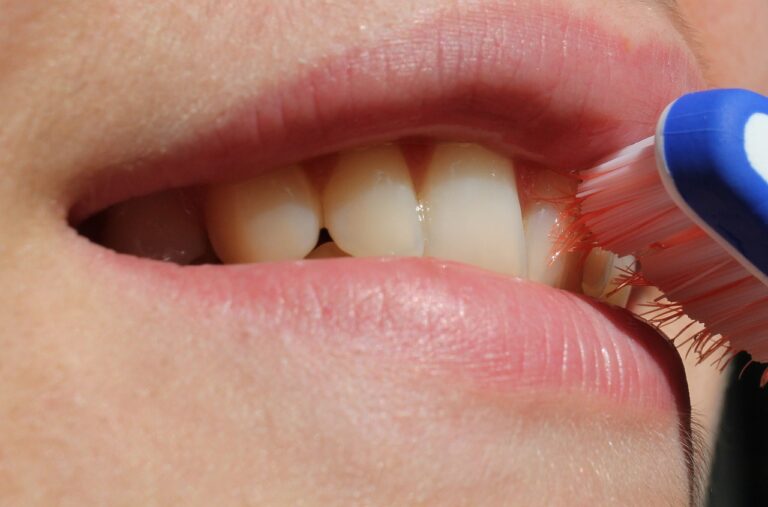Innovations in Foot and Ankle Trauma Care
betbook250 com, reddy anna book online, playlotus365 com:Innovations in Foot and Ankle Trauma Care
If you’ve ever suffered from a foot or ankle injury, you know just how debilitating it can be. Walking, running, and even standing can become painful and challenging. Fortunately, advancements in foot and ankle trauma care have made significant strides in recent years, providing patients with more effective treatment options and faster recovery times. In this blog post, we’ll explore some of the latest innovations in foot and ankle trauma care that are revolutionizing the way injuries are treated.
Platelet-Rich Plasma Therapy
Platelet-rich plasma (PRP) therapy is a cutting-edge treatment that uses a patient’s own blood to promote healing and accelerate the recovery process. In this procedure, a small sample of blood is taken from the patient and placed in a centrifuge, which separates the platelets from the rest of the blood components. The concentrated platelets are then injected into the injured area, where they release growth factors that stimulate healing and tissue repair. PRP therapy has been shown to reduce pain, inflammation, and recovery time in patients with foot and ankle injuries, making it a valuable tool in the treatment of trauma-related conditions.
3D Printing Technology
One of the most exciting advancements in foot and ankle trauma care is the use of 3D printing technology to create customized implants and devices for patients. 3D printing allows surgeons to design and produce implants that are tailored to the specific anatomy of each patient, ensuring a better fit and improved outcomes. These custom implants can help to restore function and mobility in patients with complex foot and ankle fractures, providing a more effective and long-lasting solution to their injuries.
Minimally Invasive Surgery
Minimally invasive surgery techniques have revolutionized the field of foot and ankle trauma care, allowing surgeons to perform complex procedures with smaller incisions and less tissue damage. This results in reduced pain, faster recovery times, and improved outcomes for patients with traumatic injuries. Minimally invasive surgery techniques can be used to treat a wide range of foot and ankle conditions, including fractures, ligament injuries, and tendon tears, making them a valuable tool in the treatment of trauma-related injuries.
Robot-Assisted Surgery
Robot-assisted surgery is another innovative technology that is transforming the way foot and ankle trauma care is delivered. By using robotic systems to assist in surgical procedures, surgeons can achieve greater precision and accuracy, leading to better outcomes for patients. Robot-assisted surgery can help to reduce the risk of complications, minimize scarring, and shorten recovery times, making it an attractive option for patients with foot and ankle injuries.
Biologic Therapies
Biologic therapies, such as stem cell therapy and growth factor injections, are emerging as promising treatments for foot and ankle trauma. These therapies harness the body’s natural healing processes to promote tissue regeneration and repair, offering a non-invasive and potentially more effective alternative to traditional treatments. Biologic therapies can help to accelerate healing, reduce pain, and improve function in patients with foot and ankle injuries, making them a valuable addition to the arsenal of treatment options available to orthopedic surgeons.
Augmented Reality
Augmented reality is a cutting-edge technology that is being used to enhance the planning and execution of foot and ankle surgeries. By overlaying digital information onto the surgeon’s view of the patient’s anatomy, augmented reality can provide real-time guidance and feedback during complex procedures, improving accuracy and outcomes. Surgeons can use augmented reality to visualize the internal structures of the foot and ankle in 3D, allowing for more precise placement of implants and better alignment of bones and joints. This technology is revolutionizing the way foot and ankle surgeries are performed, offering a new level of precision and control to surgeons and better outcomes for patients.
In conclusion, the field of foot and ankle trauma care is constantly evolving, with new innovations and technologies reshaping the way injuries are treated. From platelet-rich plasma therapy to 3D printing technology to robot-assisted surgery, these advancements are revolutionizing the way foot and ankle injuries are managed, providing patients with more effective treatment options and faster recovery times. By staying at the forefront of these innovations, orthopedic surgeons can continue to deliver the highest quality of care to patients with traumatic foot and ankle injuries.
FAQs:
Q: How long does it take to recover from foot or ankle trauma?
A: Recovery times can vary depending on the severity of the injury and the treatment provided. In general, mild to moderate foot and ankle injuries may take a few weeks to a few months to heal, while more severe injuries may require several months of rehabilitation.
Q: Are these innovative treatments covered by insurance?
A: Many of these innovative treatments may be covered by insurance, depending on the specific policy and the nature of the injury. It’s best to consult with your healthcare provider and insurance company to determine coverage options.
Q: Are these treatments suitable for all foot and ankle injuries?
A: While many of these innovative treatments can be effective for a wide range of foot and ankle injuries, not all patients may be candidates for these procedures. It’s important to consult with a qualified orthopedic surgeon to determine the best treatment plan for your specific condition.
Q: What should I do if I suspect I have a foot or ankle injury?
A: If you suspect you have a foot or ankle injury, it’s important to seek medical attention from a qualified healthcare provider as soon as possible. Delaying treatment can lead to complications and prolong the recovery process, so don’t hesitate to contact a specialist for an evaluation.







